4 British Columbians from different cultures share their favourite drinks to cozy up with this winter
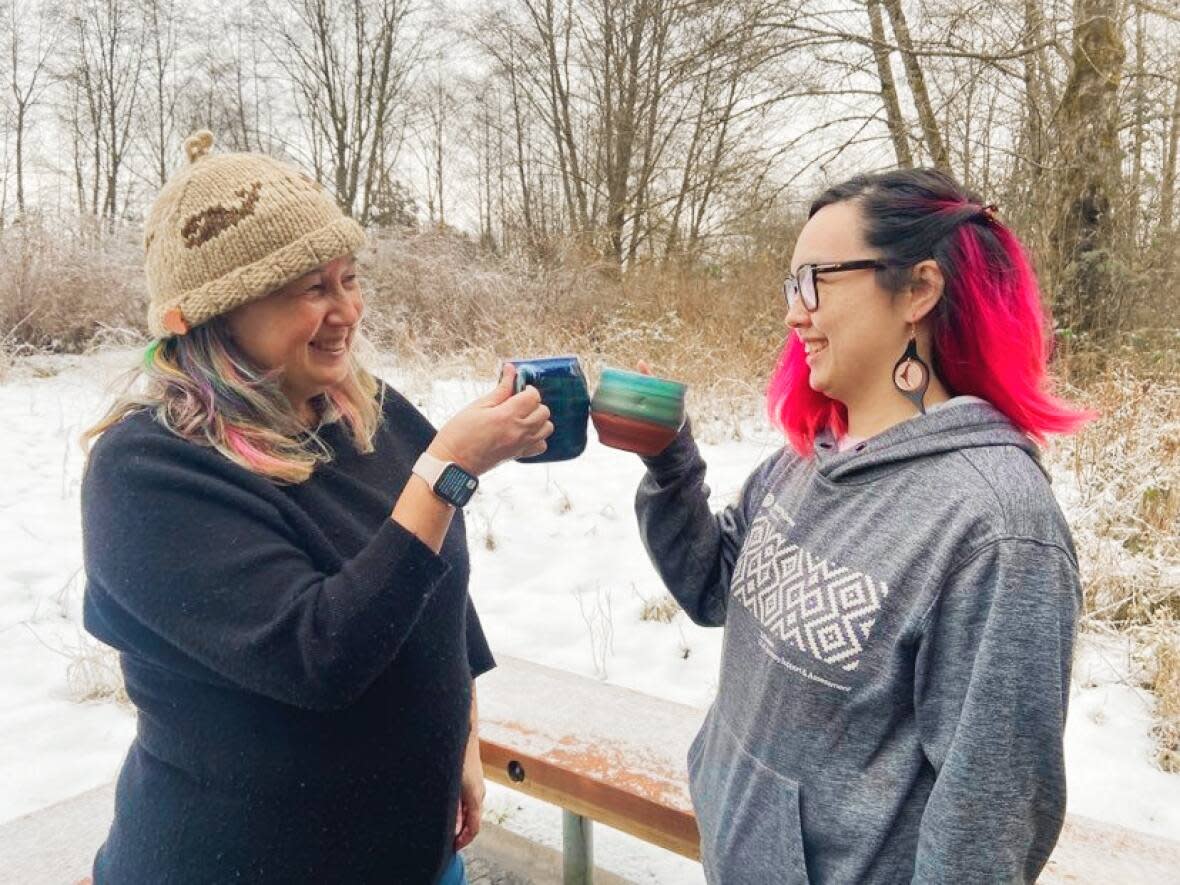
Getting through another snowy winter can mean finding the perfect drink to sip and savour.
In British Columbia, different cultures have diverse drinks to keep warm or feel fresh in the winter, among them Indigenous Labrador Tea, Indian Cha or Chai, Chinese Pu'erh Tea, and Russian Kvass.
North America: Indigenous Labrador tea
T'uy't'tanat-Cease Wyss is an Indigenous ethnobotanist who has fond memories of searching for and drinking Labrador tea, also known as swamp tea.
"It's very soothing, calming, very good for the respiratory system … it's the things you want most in winter, said Wyss.
Labrador tea leaves are found all over North America which Indigenous people refer to as Turtle Island.
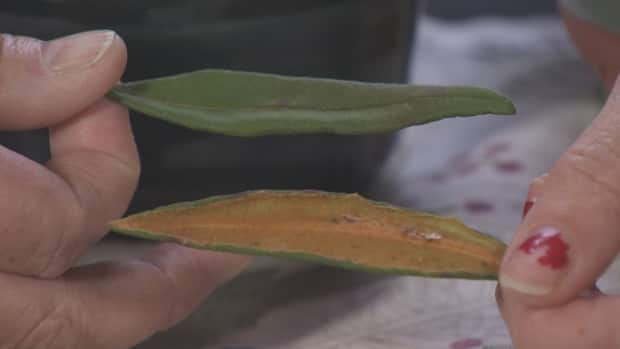
The plant commonly grows in bogs and is most fragrant in the winter explains Wyss.
While Labrador tea can be made in a variety of ways, Wyss and her daughter Senaqwila boil water and add five to seven leaves. After boiling for about 15 minutes, the tea is ready to be served.
"Working with plants is like bringing your ancestors to the table, says Senaqwila.
"You can close your eyes and picture … loving words, a warm hug, words of encouragement keeping you warm during the long winter months. "
The pair reflect on how the tea binds Indigenous people all across the continent.
"When we drink this tea we are thinking about all the stories that are shared," said Wyss.
India: Cha or Chai
Baljit Singh Brar prepares chai every day starting at 6 a.m. at the Gurdwara Baba Banda Singh Bahadar Sikh Society in Abbotsford
Chai has a black tea base with milk and spices. The drink is enjoyed widely across India year-round but its aroma, warmth, and spices make it perfect for the winter, Brar explains.
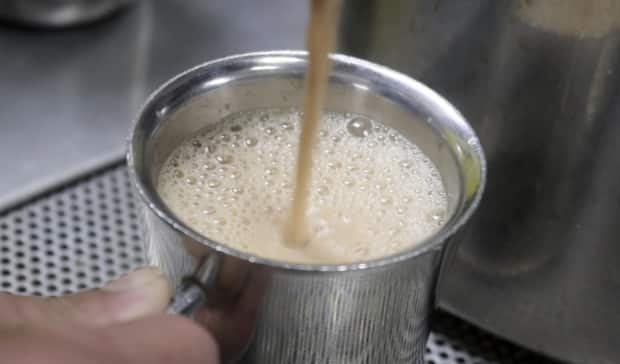
Brar adds black tea bags, fennel, cardamom, cloves, carom seed, ginger, and waits for it to simmer in a pot of boiling water.
The cloves and cardamom add a pleasant fragrance, while the carom seed and ginger can help with digestion, Brar says.
Next, he adds milk, brings the mix to a boil and adds sugar.

"Cha is what energizes us in the morning. The whole family gets together and makes tea ... it makes our bodies feel fresh," said Brar in Punjabi.
China: Pu-erh Tea
Daniel Lui pours boiling water in a small clay teapot filled with Pu'erh Tea, an ancient tea sourced from the Yunnan province in China.
The black tea is fermented, aged and packaged in a cake-like shape, explains Lui who is the owner of the Chinese Tea Shop in Vancouver. .
"Very dark and earthy, very good for calming, warming, relaxing," says Lui.
Lui uses a special tea knife to pry open the cake shape of the Pu-erh tea. Then, he cuts it into small pieces, adds it into a teapot and pours hot water in and on top of the clay teapot to help expand the tea leaves.
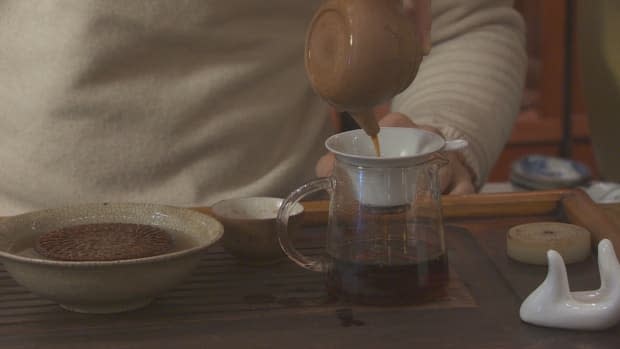
He rinses out the tea, pours it on top of the teapot again to keep it hot and refills the teapot with hot water for the first official infusion of tea, then waits 18 seconds and pours out the new batch into small teacups.
"Good for digestion, for bowel movement, tea is fully fermented and very low in caffeine."
The packaged tea is considered a family treasure that is often aged for a lifetime and passed on to the next generation, Lui says.
"I was so lucky to be able have some Pu-erh tea from 1960s or 50s and also taste Pu-Erh tea over 100 years old."
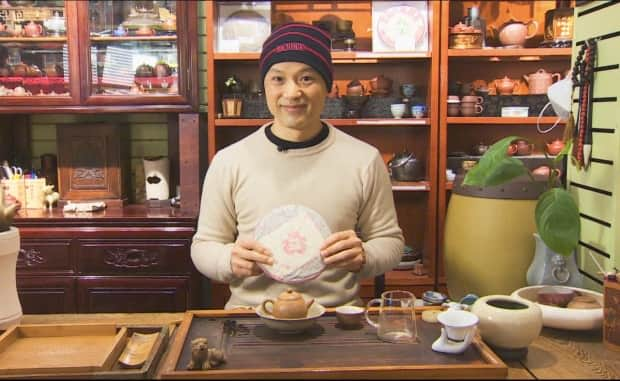
Lui's grandfather left him Pu'erh tea from the 1970s as well.
Russia: Kvass
For Natalia Mitrofanova, a go-to drink for the winter is Kvass, a fermented non-alcoholic or low alcoholic staple in Russia that tastes similar to beer.
Kvass is especially popular in summer but can also be enjoyed year-long, says Mitrofanova, the owner of the Russian Spoon Bakery in Vancouver.

"Russian people like it because they drink it all the time," she said.
Mitrofanova makes Kvass with rye bread, raisins, sugar and water. Honey or other dried fruit like cranberries and blueberries can also be added, she says.
Bread crumbs from a previous batch of Kvazz are also used to speed up the fermentation process, Mitrofanova says.
She ferments the drink over three days in a bucket, stirring it occasionally.

Mitrofanova says Kvass is a healthier alternative to sodas, and its fermented properties can help with hangovers, especially over the holidays in winter and helps boost the immune system.
"It also reminds one ... of Russia. People really like it."


